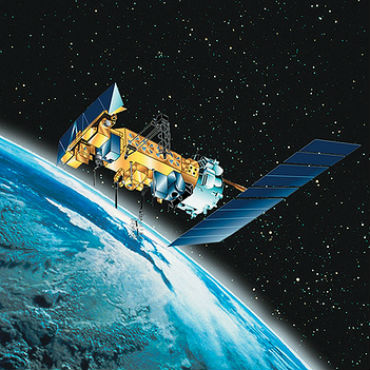NOAA grapples with buying data from industry

The agency is still trying to decide how to address a looming lapse in weather satellite data.

A day after the Government Accountability Office again expressed concerns about the dangers to weather forecasting if a predicted lapse in satellite data comes to pass, officials from the National Oceanic and Atmospheric Administration told lawmakers they are still exploring options for filling the gap.
NOAA has long acknowledged that there is a risk of a gap in satellite data between the time that the current polar-orbiting satellite is expected to reach the end of its life and when the next satellite is expected to be operational.
NOAA has said the gap could be as short as three months, but GAO auditors said 11 months is more likely.
With a March 2017 planned launch date and a six-month checkout period for the Joint Polar Satellite System-1, NOAA could be facing a gap in coverage from October 2016 through September 2017, Dave Powner, director of IT management issues at GAO, told a joint hearing of the House Science, Space and Technology Committee's Environment and Oversight subcommittees on Feb. 12.
According to NOAA program officials, a satellite data gap would result in less accurate and timely weather forecasts and warnings of extreme events, such as hurricanes, storm surges and floods.
One possible remedy is to buy data from commercial providers, which are playing a growing role in the field. NOAA already does that in some cases, and Stephen Volz, assistant administrator of NOAA's National Environmental Satellite, Data and Information Service, said the agency has been in "active communication" with those providers about the looming data gap.
As long as commercial partners meet NOAA's requirements, which include complying with NOAA's standards and providing data in an open format, then "we would be open to using the data," Volz said. He did not estimate how much the agency is currently spending on commercial data or how much the additional data might cost.
NOAA will hold a workshop in April to show commercial partners how they can match the agency's processes and meet its data standards.
"Commercial data could really help augment our data," Powner said while noting that NOAA needs to closely examine the costs and weigh the benefits of such data.
A February 2013 study commissioned by NOAA included 44 recommendations for bridging the gap, including using data from Chinese satellites.


